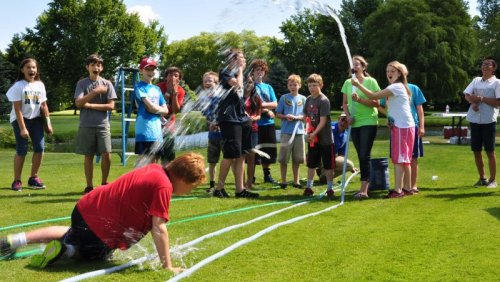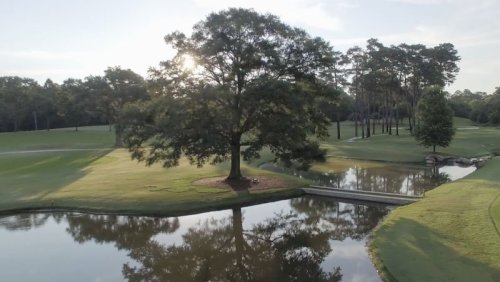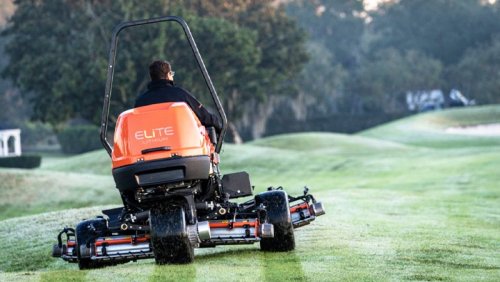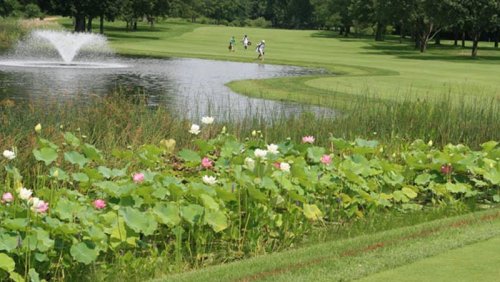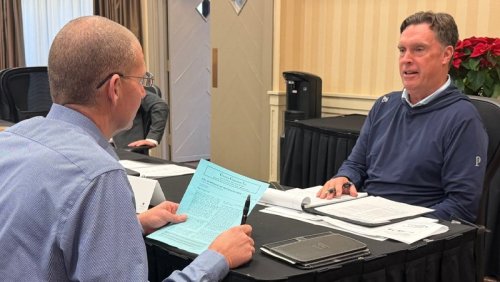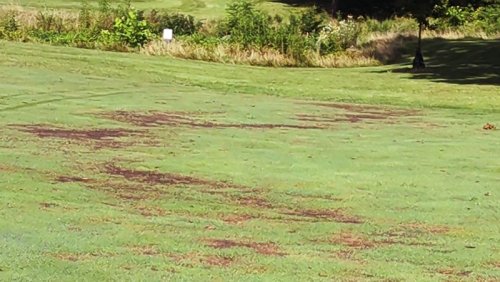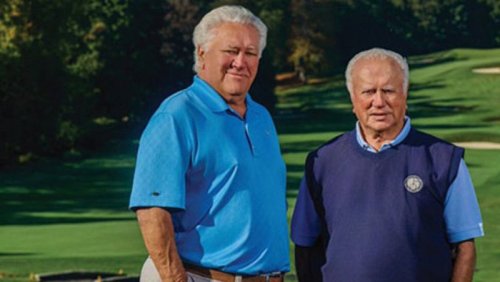
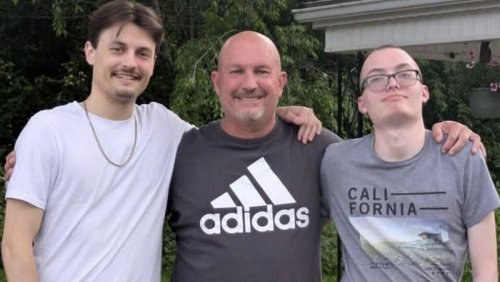
Longtime turf manager Charlie Fultz, who is general manager and superintendent at Heritage Oaks Golf Course in Harrisonburg, Virginia, disclosed his personal struggles in the pages of GCM Magazine, and his efforts have resulted in him being named the recipient of the GCSAA's 2025 Leo Feser Award that recognizes the best superintendent-written article published in the magazine.
Fultz's struggles with mental health were triggered in 2023 by a string of events that included his father being diagnosed with cancer, one son with serious health issues and another facing significant legal challenges, all on top of a crumbling home life.
The first step in getting help, he wrote, was admitting he needed it.
It is the second win for Fultz who also won the Feser award in 2006.
"Winning the award 20 years ago was something I never thought I would be capable of doing, but winning it a second time with the article that I wrote had a much more personally deep and emotional aspect to it than what the first one did," Fultz said. "The first article was really focused on helping superintendents be better communicators with the public and for the people that they worked for, which those ideals still hold true today. This article goes much deeper than the first one; it's discussing mental health and the taboo that exists, especially for men, as it relates to dealing with deep emotional and mental challenges."
Charlie Fultz with sons Lukas (left) and Jakob. Fultz finally found help in the way of a therapist, and telling his story in print in the June 2025 edition of the magazine was cathartic for him. However, his true inspiration was the hope that others could benefit from his experience.
"When I got to the end of my weekly counseling run and began to reflect on it, I really began to think about what the previous 18 months had meant," Fultz said. "I thought to myself, I wonder if there are people out there that have similar life experiences like I have had that are holding them back because they're not willing to open up to someone professionally and are just afraid to peel back those layers. I eventually wrote the article with the hopes that if one person found it helpful, then my intentions for the article were satisfied. I've already had several folks reach out to me who have read it since it was published and said it hit them in a way that I hoped, so I've achieved everything that I ever wanted to when I wrote it."
The award honors the legendary superintendent Leo Feser, who is credited with keeping the association’s official publication alive during the Great Depression. From 1933 to 1936, he wrote, edited and published each issue of The Greenkeepers' Report — then the GCSAA's official magazine — from his home in Wayzata, Minnesota. The award was first presented in 1956 and has been given annually since 1977.
Fultz will receive the award in February at the GCSAA Conference and Show in Orlando.
Click here for more about the award and a list of past winners.
- Read more...
- 0 comments
- 595 views



